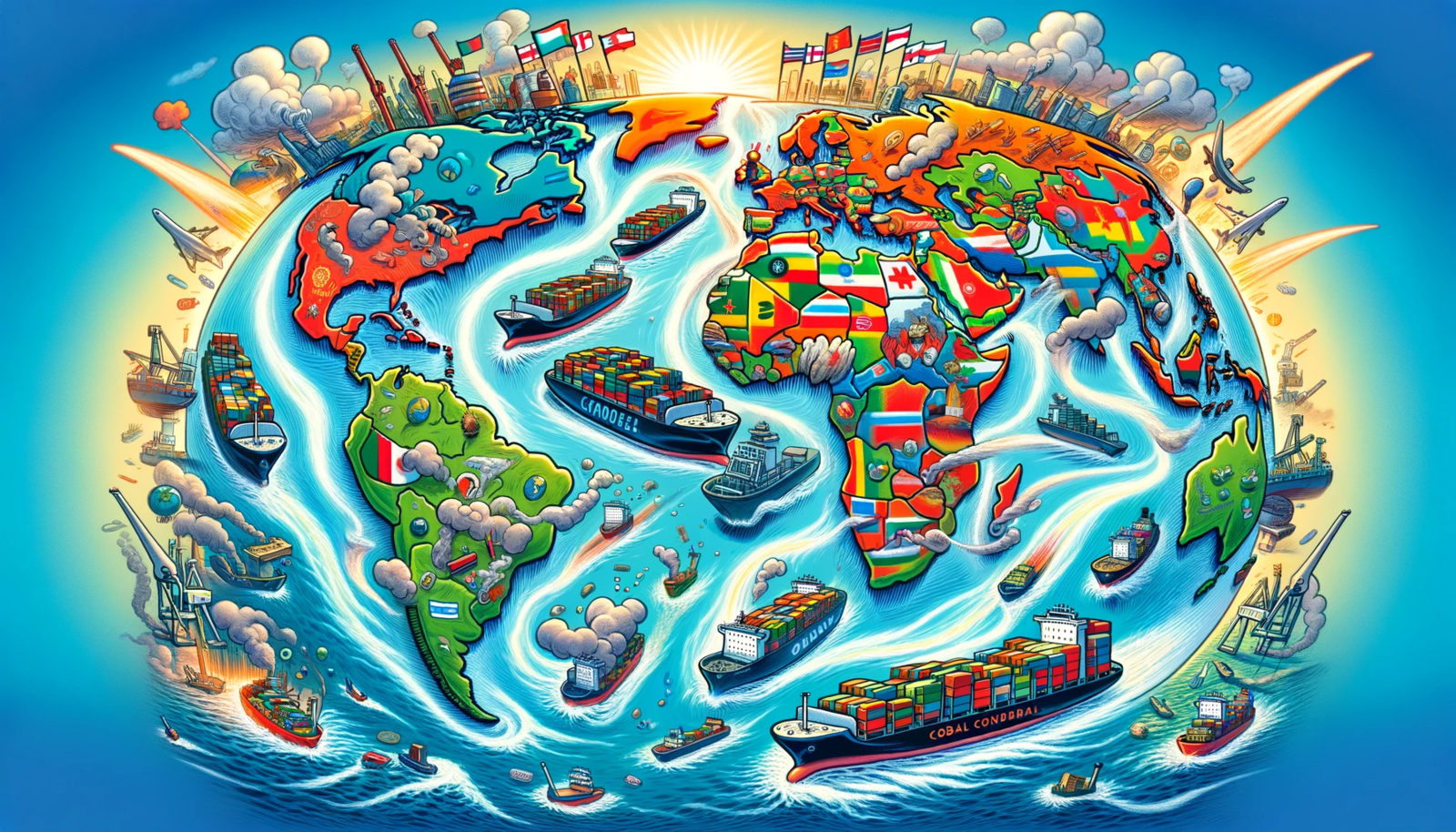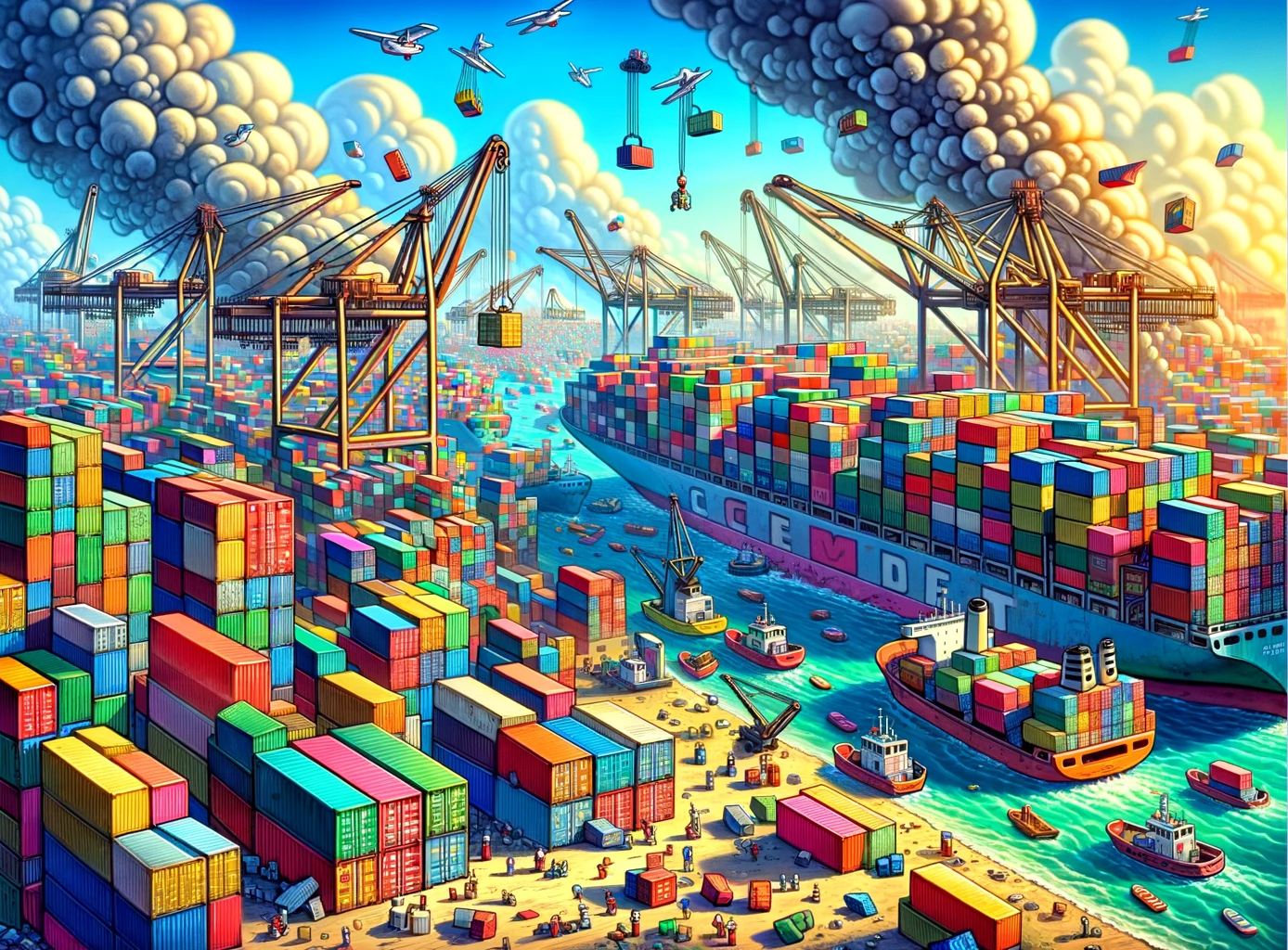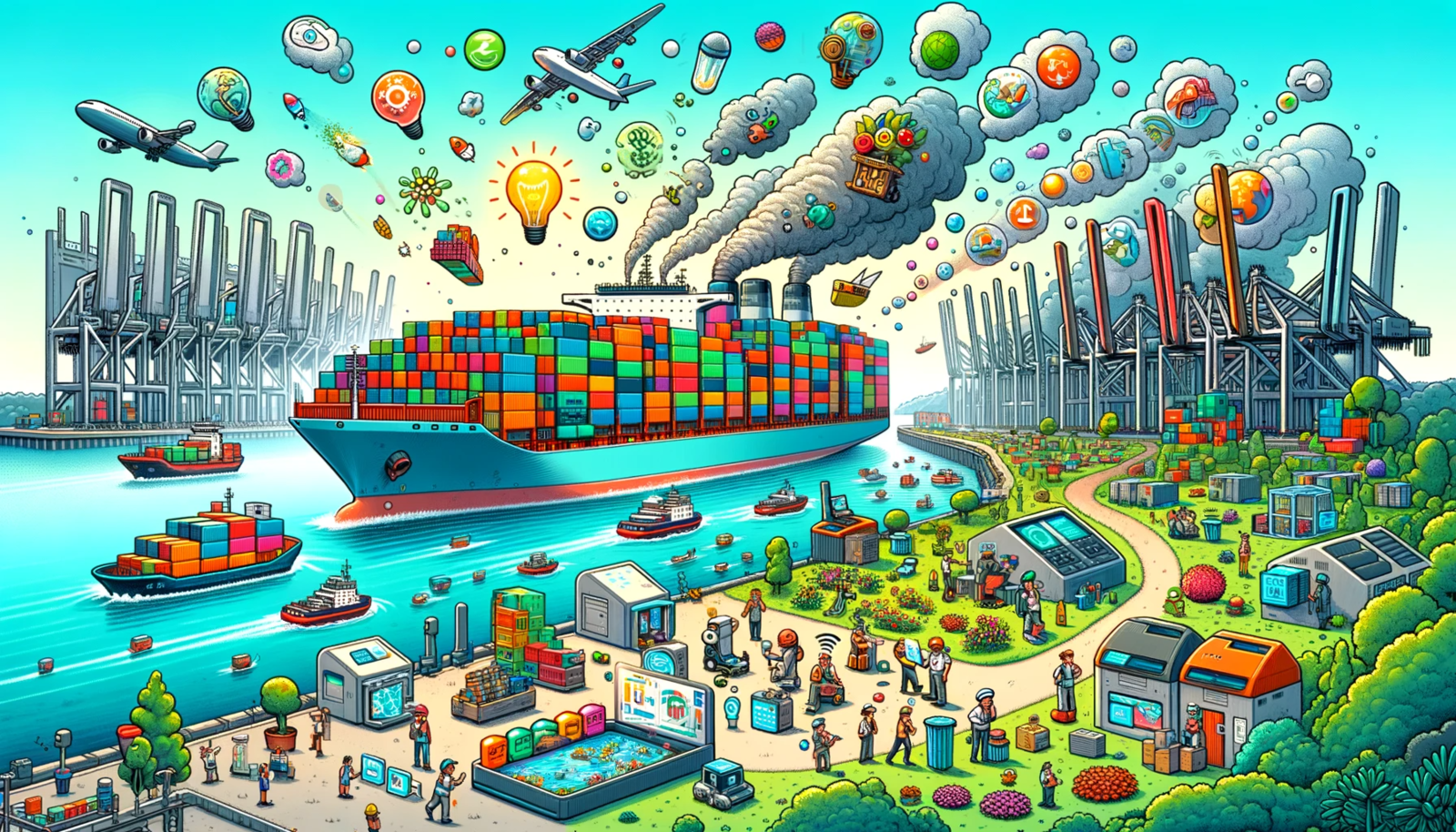
Ahoy, dear readers! The shipping container industry, often an overlooked component, plays a pivotal role in the global economy. This industry is not just a means of transporting goods; it serves as a barometer for global economic health. In this blog, we'll delve deep into how the shipping container industry reflects and influences the world's economic status.
1. The Fundamentals of the Shipping Container Industry.
The shipping container industry revolutionized global trade by standardizing cargo transport, making it more efficient and cost-effective. These containers, typically 20 or 40 feet in length, can be easily transferred across ships, trucks, and trains, reducing handling costs and minimizing the risk of damage. This efficiency is crucial for global supply chains, as it allows for the smooth movement of a wide range of goods - from raw materials to consumer products - across vast distances.
2. The Link Between Trade Volume and Economic Health.
Trade volume, measured by the number of containers shipped globally, directly correlates with economic health. In periods of economic growth, consumer demand and industrial production rise, leading to increased trade volumes. This results in more containers being used for exports and imports. Conversely, during economic downturns, trade volumes decrease as consumer spending and industrial output decline. Tracking these fluctuations in container usage offers insights into the overall economic climate.

3. The Ripple Effect of Shipping Costs.
Shipping costs are sensitive to changes in supply and demand. When the economy is strong, demand for shipping increases, often outpacing supply, leading to higher freight rates. These increased costs can then feed into the prices of goods, contributing to inflationary pressures. On the flip side, a weak economy sees reduced demand for shipping, leading to excess capacity and lower freight rates. This dynamic makes shipping costs a leading indicator of global economic conditions.
4. Port Activity as an Economic Indicator.
Activity levels at major ports provide a real-time snapshot of international trade. High activity levels, characterized by numerous ship arrivals and departures, large volumes of container handling, and busy port logistics, indicate a strong economic environment. In contrast, a noticeable decrease in port activity can be an early warning sign of economic slowdown or recession.
5. The Impact of Geopolitical Events.
Geopolitical events can create significant disruptions in the shipping container industry, directly impacting global trade. For example, trade wars can lead to the imposition of tariffs, making certain goods more expensive and thus affecting their trade volumes. Political instability in key regions can disrupt shipping routes, leading to delays and increased costs. These events can have a ripple effect on the global economy, affecting everything from supply chains to consumer prices.

6. Advances in Technology and Sustainability.
Investments in technology and sustainability within the shipping industry often reflect broader economic trends. For example, during economic booms, companies are more likely to invest in new technologies, such as automation and digital tracking systems, to improve efficiency and competitiveness. Similarly, a focus on sustainable practices, like cleaner fuels and reduced emissions, often correlates with a robust economic environment where there is greater public and corporate attention on environmental impact.
7. Globalization and Interconnectivity.
The shipping container industry is a prime example of globalization and economic interconnectivity. A disruption in one part of the world can have cascading effects globally. For instance, a natural disaster that closes a major port in Asia can delay shipments worldwide, impacting supply chains and economic activities in multiple countries. This interdependency means that the shipping industry can provide early signals of changes in the global economic landscape.
8. The Role of Data and Analysis.
The increasing use of data analytics in the shipping industry enhances the understanding of global economic trends. Detailed data on container movements, port calls, and shipping times helps in analyzing trade patterns and economic activity. This data is invaluable for businesses in managing supply chains, for economists in forecasting trends, and for policymakers in making informed decisions.
Conclusion.
In summary, the shipping container industry is not just a component of global trade; it's a mirror reflecting the state of the global economy. Each aspect of this industry, from the basic mechanics of container shipping to the complexities of geopolitical impacts, intertwines with economic conditions. Understanding these nuances provides invaluable insights into the health and direction of the global economy.


